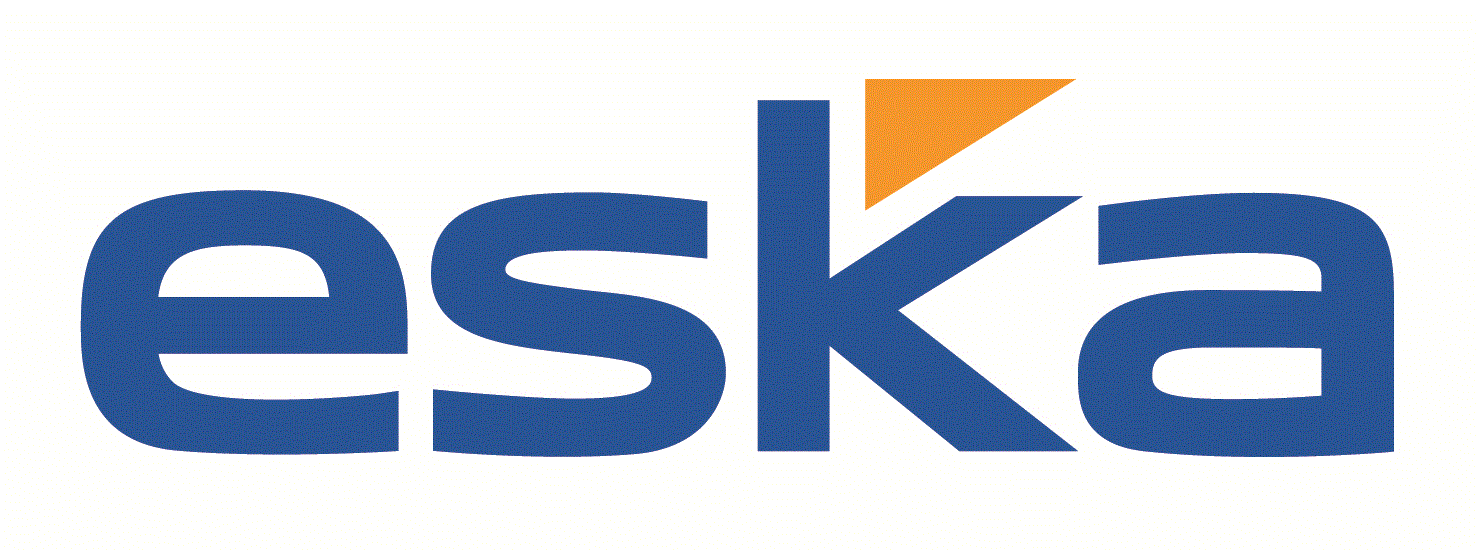|
|||||||||||||||||||||
|
|
|||||||||||||||||||||
 |
online Tremcard Generator | |||
| Instructions in writing: | ||||
As a precaution against any accident or emergency that may occur or arise during carriage, the driver shall be given instructions in writing, specifying concisely for each dangerous substance or article carried or for each group of goods presenting the same dangers to which the substance(s) or article(s) carried belong(s): (a) the name of the substance or article or group of goods, the Class and the UN number or for a group of goods the UN numbers of the goods for which these instructions are intended or are applicable; (b) the nature of the danger inherent in these goods as well as the measures to be taken by the driver and the personal protection equipment to be used by the driver; (c) the general actions to be taken, e.g. to warn the road users and passers-by and call the police/fire brigade; (d) the additional actions to be taken to deal with minor leakages or spillages to prevent their escalation, if this can be achieved without personal risk; (e) the special actions to be taken for certain goods, if applicable; (f) the necessary equipment for general and, if applicable,
additional and/or special These instructions shall be provided by the consignor and shall be handed out to the driver at the latest when the dangerous goods are loaded on the vehicle. Information on the content of the instructions shall be supplied to the carrier at the latest when the carriage order is given, so as to enable him to take the necessary steps to ensure that the employees concerned are aware of these instructions and are capable of carrying them out properly and to ensure that the necessary equipment is on board the vehicle. The consignor shall be responsible for the content of these instructions. They shall be provided in a language the driver(s) taking over the dangerous goods is (are) able to read and to understand, and in all languages of the countries of origin, transit and destination. In the case of countries with more than one official language, the competent authority shall specify the official language or languages applicable throughout the territory or in each region or part of the territory. These instructions shall be kept readily identifiable in the driver’s cab. Instructions in writing according to this section which are not applicable to the goods which are on board of the vehicle, shall be kept separate from pertinent documents in such a way as to prevent confusion. The carrier shall ensure that the drivers concerned understand and are capable of carrying out these instructions properly. In case of mixed loads of packaged goods including dangerous goods which belong to different groups of goods presenting the same dangers, the instructions in writing may be restricted to one instruction per Class of dangerous goods carried on board of the vehicle. In such case no name of goods, or UN number has to be mentioned in the instructions. These instructions shall be drafted according to the following format: LOAD NATURE OF DANGER PERSONAL PROTECTION GENERAL ACTIONS TO BE TAKEN BY DRIVER ADDITIONAL AND/OR SPECIAL ACTIONS TO BE TAKEN BY THE
DRIVER FIRE FIRST AID ADDITIONAL INFORMATION |
||||
 |
 |
 |
